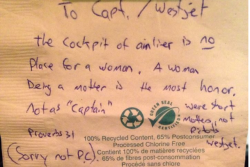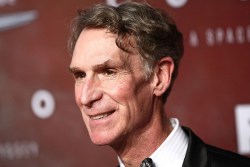USA, South Dakota, Mt. Rushmore National Monument
For centuries, Native Americans have been on the receiving end of some of the worst atrocities committed on U.S. soil, driven from their homes and isolated on impoverished reservations. How can the U.S. government begin to repair the damage done to Native American communities, and compensate in some small way for the injuries done to them?
Well, giving back Mount Rushmore would be a start.
That’s among several suggestions made by United Nations special rapporteur James Anaya, who will formally recommend the U.S. restore land previously owned by various tribes — including the Black Hills of South Dakota, home of the famous national monument.
The granite promontory, carved with 60-ft high visages of four U.S. presidents, sits on a site considered sacred by the Sioux.
(LIST: The Most Influential Places in History)
In a 12-day fact-finding mission, Anaya visited tribes from Oklahoma to Oregon and Alaska to South Dakota to gauge the impact of the U.N.’s proposed Declaration on the Rights of Indigenous Peoples, which President Barack Obama said in December 2010 that the U.S. plans to sign. In his findings, which he’ll present to the U.N.’s Human Rights Council in September, he says that restoring land would prove the biggest step in providing reconciliation for the tribes. Some of the land most sought by the various tribes includes the Black Hills.
An 1868 treaty granted the Black Hills to the Sioux in perpetuity, but that was reversed in an 1877 law passed by Congress, which took back the land. A 1980 U.S. Supreme Court ruling resulted in a government offer of monetary compensation for the land, but the Sioux refused, insisting that the Black Hills be granted back to the tribes.
“In all my consultations with indigenous peoples in the places I visited it was impressed upon me that the sense of loss, alienation and indignity is pervasive throughout Indian Country,” Anaya told the Associated Press.
But being that no members of the U.S. Congress were willing to meet with Anaya, don’t expect too much movement domestically on his recommendations. And even if Obama signs the declaration, there may not be much change either; the U.N. document is non-binding.






